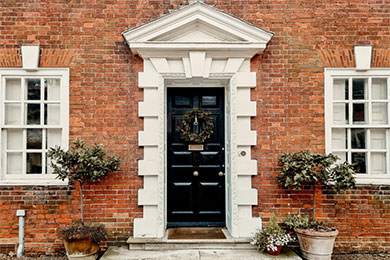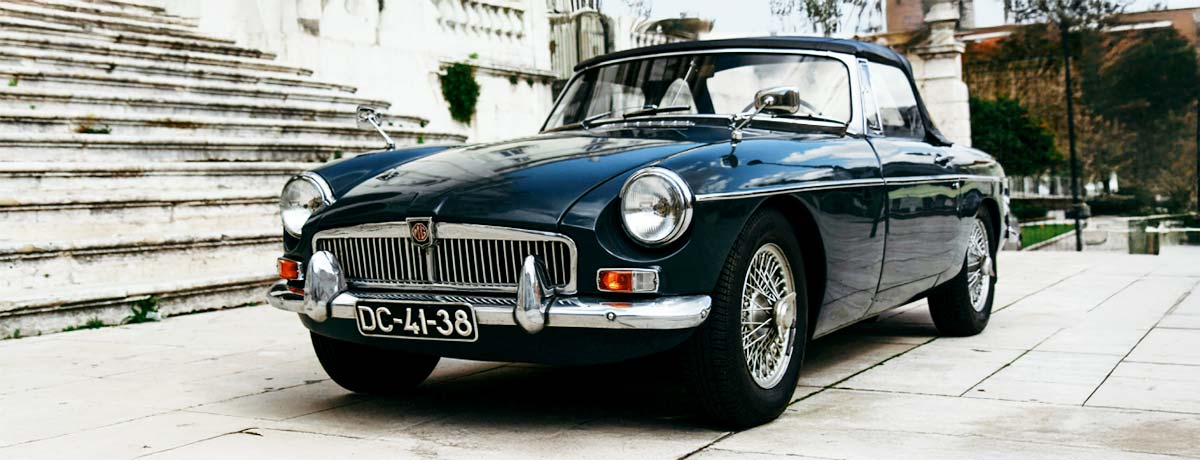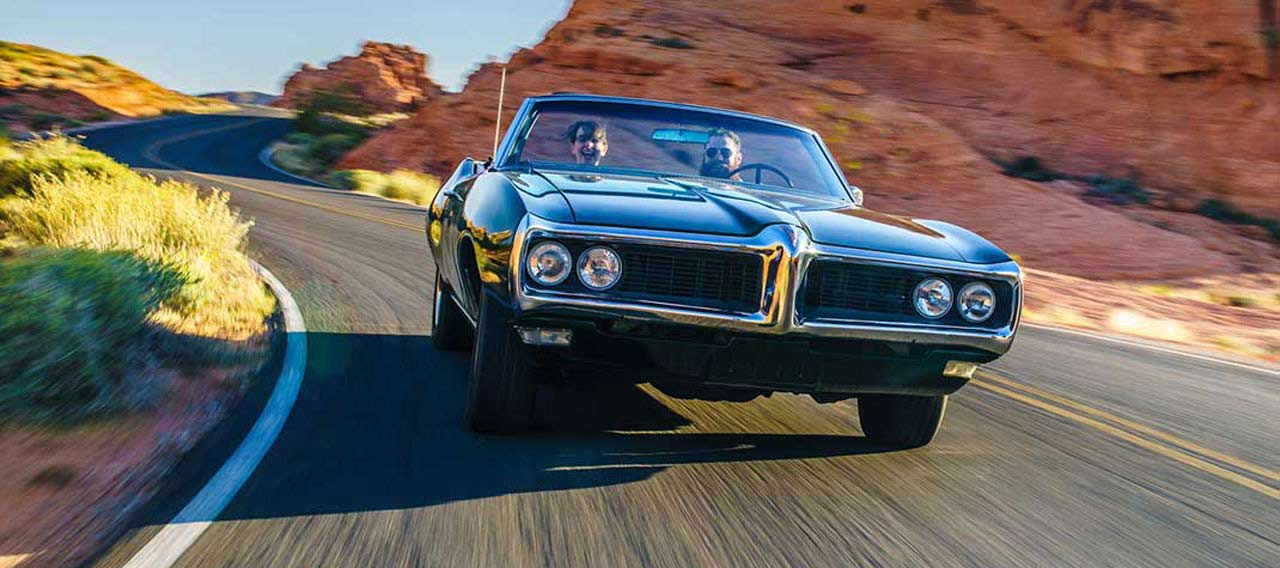- Businesses
- Individuals & Families
- Partnerships
- Brokers

Chubb Climate+ spans major industries, with a goal of enabling climate change progress in a meaningful way.


All Chubb policyholders are eligible for cyber services. Get the most value from your Chubb policy and schedule a consultation today.

In a complex world, Chubb’s support for multinationals and their brokers when choosing the right cover has never been more valuable.


As one of the world's largest providers of jewellery and fine art insurance, you can count on our unparalleled service and expertise, offering some of the broadest protection available.

As pioneers of using in-house appraisers to help clients establish the value of their property, and mitigate the risk of loss, our appraisal service is a key reason why owners of fine homes and high value possessions around the world choose Chubb

Build your business by providing the protection your customers need – it’s insurance for the new possible.

The seamless, secure, and scalable engine behind new possibilities for your company and customers.

-
About
About UsWho We AreFinancial & Regulation
- Claims
-
FCA Regulation
-
Contact
Chubb CareersComplaints
-
BackSuggested Searches
5 pro tips to protect your classic car

Whatever you drive, we know just how precious it is. Which is why when one of our clients came to us with his vintage treasure in pieces, we knew he wouldn’t want a simple payout. This car was (almost) part of the family. We worked with a specialist team to do the impossible. And after two years of painstaking work sourcing the irreparable and restoring the irreplaceable, the car was safely back under its tarp.
1. Properly prepare your car for winter storage.
Be sure to give it a good wash, polish and wax first to help protect against rust and clean off any potential contaminants (like road salt) which can corrode the bodywork. Always check the condition of pipework, specifically fuel and oil pipes. Usually made from rubber or plastic, they can degrade over time and leak. Where possible, drain the tank of fuel to reduce fire risk. Also, consider connecting a battery conditioner. This keeps the battery charged and prevents it from degrading when it’s not in use.
2. Beware moisture.
If your garage has a tendency to get a bit damp, then your car could rust. A potential solution is to store the car in a Carcoon storage bubble. This is a protective, mini-storage environment designed for infrequently used vehicles. If that’s not an option, storing your car in a garage with airflow is preferable, regulating the climate with a dehumidifier. The optimum humidity is around 45%, but be careful not to reduce moisture levels too much otherwise you risk doing damage to the interiors and dash, which can dry out.
3. Keep your keys safe.
Most vintage vehicle thefts occur because a thief was able to get the keys. Never keep them in the car itself. Don’t keep keys on a hook by the front door, either. Store them in your home somewhere out of sight, or even better, in a lockbox. In a similar vein, don’t keep important documents such as the MOT certificate or the V5 registration document in the car itself. Equally, if your garage has windows through which the car is visible, consider covering them. This not only protects your pride and joy from unwanted attention but also aids with insulating the garage itself.
4. Don’t overlook additional security.
Invest in some good padlocks for the garage itself and if you live in a more remote location, a security system with CCTV and an alarm. Install an additional security bar across the garage door itself – any physical barrier to opening the door can be an effective deterrent. To secure the car itself, steering locks are highly effective, as are steering gloves, though if you’d prefer a more modern solution, GPS tracking systems are easy to fit and won’t detract from the look of your car, though some have compatibility issues with the wiring of older models. In this instance, self-powered systems are available.

5. Be aware of Diminution in Value.
Following an accident, your car will need to be repaired, negatively affecting the car’s value. This is known as Diminution in Value, and in classic cars, it can be significant. Even if the repairs and restoration are aesthetically perfect, the car is no longer original: this is where the loss of value lies. Although your insurer may cover the cost of the repairs up to a certain standard, they likely won’t compensate you for the car’s subsequent Diminution in Value. Retain all records of work done to the car, including photographs and receipts. For cars over fifteen years old, Chubb provides Diminution In Value (DIV) cover, that pays whatever the difference is between your car’s market value before and after a repair, as well as the repair costs themselves.
For more information on Chubb in the UK click here.
All content in this material is for general information purposes only. It does not constitute personal advice or a recommendation to any individual or business of any product or service. Please refer to the policy documentation issued for full terms and conditions of coverage.
Insights and expertise



